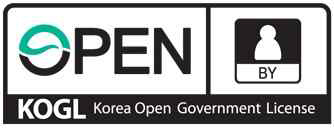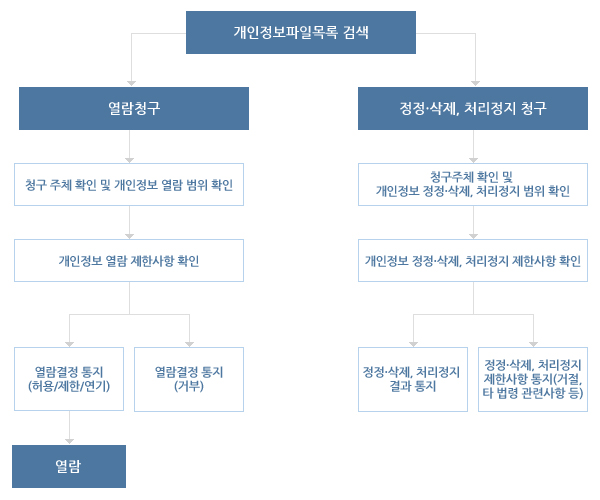Assemblies in Photos
July 29, 1960: Korea’s first – and last – election for a bicameral parliament
- Jul 30, 2014
- 501
Voter turnout was a relatively high 84.3 percent for the lower house election and 84.1 percent for the upper house. The Democratic Party won by a landslide, taking 175 of 233 seats in the lower house and 31 of 58 seats in the upper house. Independent candidates secured the next largest shares: 49 and 20 seats, respectively, in the lower and upper houses.
Elected members moved quickly to elect speakers and vice speakers, and organize committees. On August 8, the two houses together held an opening ceremony. In his opening remarks, the speaker of the upper house, Baek Nak-jun, stressed that the parliament had inherited the spirit of the April Revolution.
“I send my heartfelt prayer that the young students and citizens who shed blood during the April Revolution, which is still vivid in my memory, may rest in peace, in order to bring the Republic of Korea back onto the path to democracy. And I wish the survivors good fortune in their lives,” he said.
Less than a year later, the 5th National Assembly was disbanded. Following a military coup on May 16, 1961, the nation’s first bicameral parliament and the parliamentary cabinet system faded into history.


